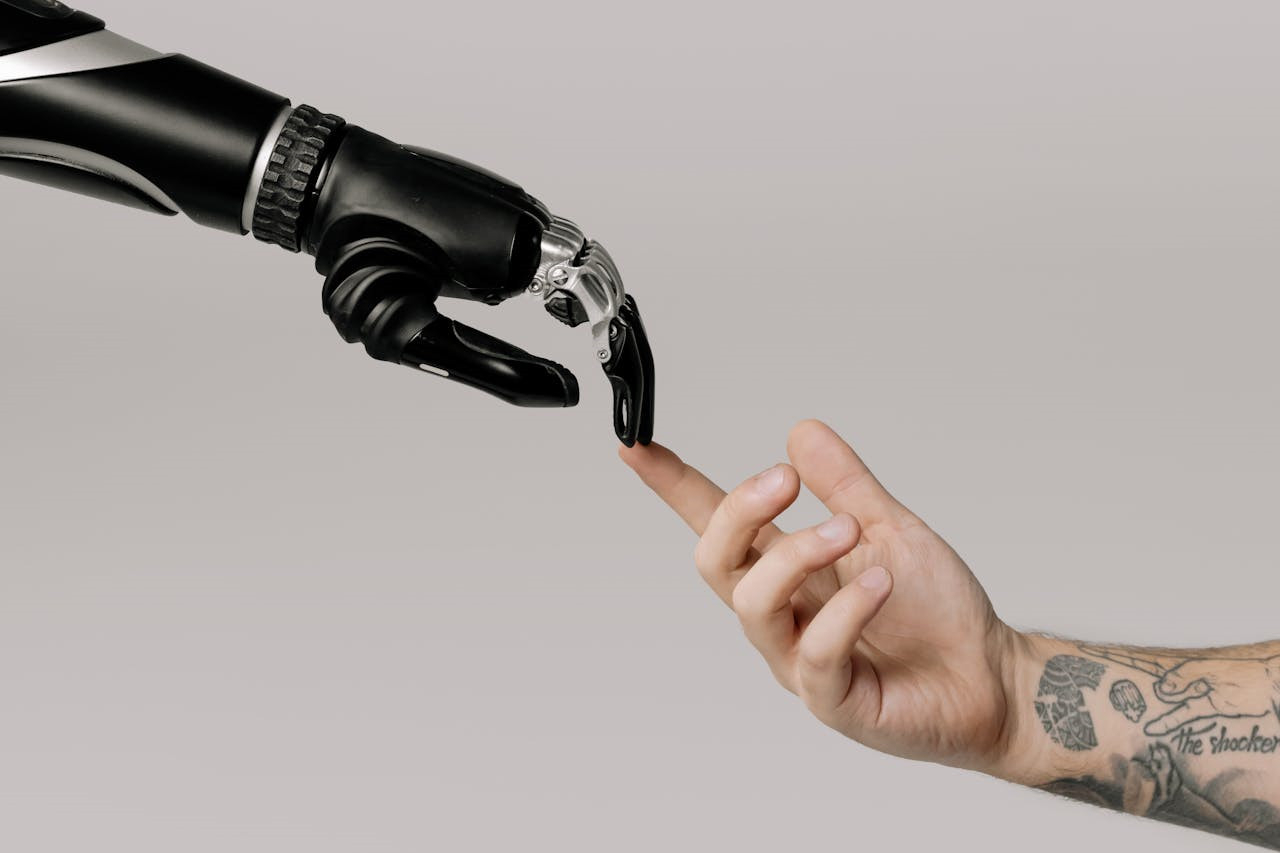This article explores the evolution of secure digital identity systems, the vital role of custom software development, and how regulatory frameworks are shaping a safer online landscape.
Redefining Digital Identity - New Technologies and Challenges
The Shift to Biometric Authentication
Biometric technology, including facial recognition, fingerprint scans, and iris detection, is becoming the standard for secure identity verification. Unlike traditional credentials, biometrics rely on physical attributes, offering a level of security that is difficult to compromise. Their widespread adoption in everything from banking to healthcare underscores their reliability and convenience.
Decentralized Identity Systems (DID)
Decentralized systems give individuals greater control over their personal data by distributing information across a network rather than centralizing it. Using blockchain and advanced cryptographic techniques, DID solutions minimize risks associated with data breaches while enhancing user privacy.
AI-Powered Verification
Artificial intelligence is revolutionizing digital identity management by offering advanced tools to detect anomalies and predict potential fraud. For instance, AI can analyze transactional behaviors in real time, flagging irregular patterns that suggest fraudulent activity. This proactive approach significantly enhances security for both businesses and consumers.
The Dark Side of AI: Identity Theft Risks
While AI strengthens digital identity verification, it also poses risks when misused. Cybercriminals are leveraging AI to create deepfakes, automate phishing attacks, and aggregate personal information from various sources. These sophisticated techniques make it harder to detect identity theft.
Protecting Against AI-Fueled Threats:
Diversify Passwords: Avoid reusing passwords and create strong, unique combinations for each account.
Implement Two-Factor Authentication (2FA): Add an extra layer of security beyond traditional login credentials.
Monitor Account Activity: Regularly review accounts for unauthorized actions or changes.
Stay Vigilant: Be cautious of unsolicited requests for sensitive information through emails or messages.
Policies and Regulations Shaping Digital Identity
As digital identity systems evolve, global regulations aim to establish clear guidelines for data protection and user privacy.
GDPR (General Data Protection Regulation)
The European Union’s GDPR sets stringent rules for collecting, storing, and using personal data. It emphasizes transparency and accountability, requiring businesses to implement robust safeguards for sensitive information.
eIDAS (Electronic Identification, Authentication, and Trust Services)
This EU regulation standardizes digital identity verification across member states, promoting secure and seamless online transactions while reducing fraud risks.
NIST Guidelines
In the U.S., the National Institute of Standards and Technology provides detailed frameworks for digital identity management. These include best practices for integrating biometrics, multi-factor authentication, and encryption technologies.
By adhering to these frameworks, businesses can maintain compliance while ensuring user trust and data integrity.
Custom Solutions: The Key to Secure Digital Identity
Off-the-shelf solutions rarely meet the unique needs of modern businesses. Custom software development offers the flexibility to build secure, scalable, and user-friendly identity systems tailored to specific requirements.
Key Benefits of Custom Development:
Enhanced Security: Implement advanced encryption and role-based access to protect sensitive data.
Unified Integration: Seamlessly connect biometric systems, AI-driven tools, and decentralized identities.
User-Centric Design: Create intuitive platforms that prioritize usability without compromising security.
Regulatory Compliance: Develop systems aligned with global standards to reduce compliance risks.
Working with an experienced outsourcing partner provides access to specialized expertise, accelerating the development process while maintaining high-quality standards.
The Future of Digital Identity
Digital identity has transformed into a sophisticated ecosystem of technologies designed to protect users and their information. From biometric authentication to decentralized systems and AI-driven tools, the landscape is continuously evolving to address emerging risks.
While advancements bring unparalleled opportunities, they also demand vigilance and innovation to mitigate new threats like AI-powered fraud. By investing in custom software solutions and aligning with global regulations, businesses can build robust identity systems that prioritize security and user privacy.
The future of digital identity isn’t just about authentication—it’s about trust, resilience, and creating a safer digital world.

